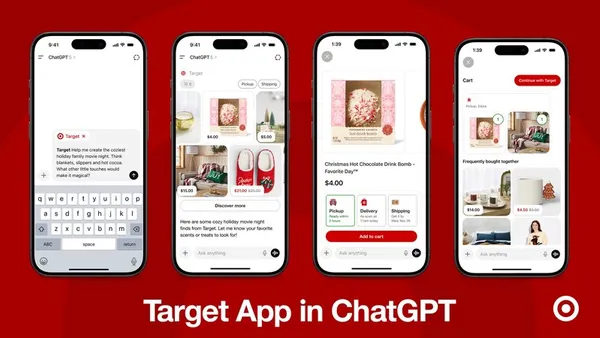To stay resilient in these uncertain times, strengthening your marketing measurement is more important than ever. To help prepare for 2023, we compiled a list of the measurement strategies leading marketers are using to deliver on their business objectives and navigate changes to the marketing and ad tech ecosystem.
Optimize to outcomes that reflect the true value to your business
While all conversions are valuable, not all have the same value to your business. One conversion might be worth $10, while another delivers $100. As we navigate a tightening business outlook, it’s crucial to pay the right price for a given conversion. Advertisers that optimize for value rather than cost see an average 14% increase in conversion values. 1Take a moment to make sure you’re measuring conversion values that represent your business values. By doing so, your investment for each conversion can be optimized accordingly. Once you provide the actual value each conversion drives for your business, automated tools can enrich your insights and optimize your marketing strategy — all without additional work on your part.
Activate your first-party data to reflect your knowledge of your customers
We’re all familiar with the research: Companies that use first-party data to their advantage capture tangible business results. You might think that once you’ve configured your first-party data strategy, you can leave it on autopilot, but that’s not the case. Consumer behavior and preferences are constantly changing, so you should continue to evaluate your first-party data strategy and ask yourself, “Does my setup still account for all touchpoints along the customer journey?”
Measure performance across all sales channels
A solid infrastructure should bridge customer touchpoints across all channels, eliminating gaps in measurement. For example, say your business collects customer leads on your website, but those customers complete their purchases in your store. If you’re able to import those offline sales into your advertising tool, you can optimize your bidding and increase the efficiency of your approach. That’s just what Groupe Renault did. By adopting an analytics solution integrated with its offline sales tool, it was able to bring offline insights into its attribution model and more efficiently allocate marketing budget.
Upgrade to the latest version of your analytics technology
In recent years, analytics technology providers have adapted new ways to preserve measurement in the face of privacy-driven changes. Many, for instance, have implemented machine learning to continue providing insights in the customer journey using sophisticated models. To keep up with the changing ecosystem, Google Analytics 4 uses machine-learning technology to surface new insights and make predictions. If you’re still using outdated analytics technology, you risk missing out on the benefits that new sophisticated modeling can bring to your business.
Protect privacy while driving performance
As people’s expectations around data privacy and the regulatory landscape continues to evolve, marketers need to ensure that their measurement solutions are in place to continue to drive performance. Remember that privacy-safe tools and actionable conversion data are not mutually exclusive, thanks to proven modeling techniques. A new class of measurement tools has emerged to help you balance user privacy with marketing performance and precision.
Look to the future of measurement
Tomorrow’s successful marketers will embrace a successful measurement foundation that’s built on first-party data, underpinned by a strong tagging strategy. By leveraging insights across online and offline channels, choosing the latest analytics technologies, and optimizing for value in a privacy-safe way, you can confidently prepare your business for the challenges and opportunities ahead.
1 Google Internal Data, March 2021.










